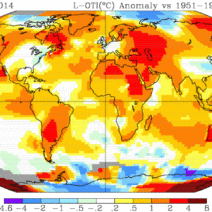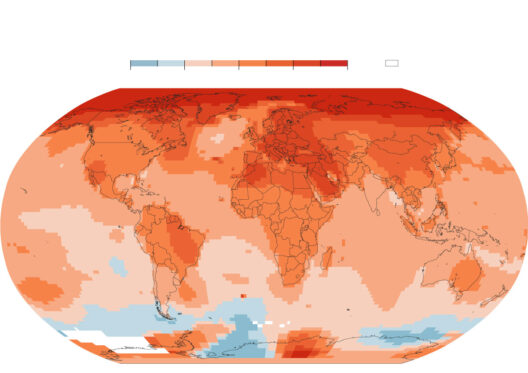Energy conservation is a concept that underpins much of our understanding of physics and environmental responsibility. It is the principle that energy cannot be created or destroyed, only transformed from one form to another. But how do we prove energy conservation in practice? This question can lead us on a journey from theoretical frameworks to real-life applications, where we can observe the efficacy and relevancy of energy conservation.
At the core of understanding energy conservation is the first law of thermodynamics, which states that the total energy of an isolated system remains constant. To put it simply, energy will always be accounted for; it might change forms—like kinetic energy transforming into thermal energy—but it will never just vanish. The practical challenge lies in demonstrating this concept outside of theoretical confines.
One method of proving energy conservation is through experimentation. In controlled environments, scientists can create setups to measure energy forms before and after transformations. For instance, a pendulum can elegantly illustrate energy conservation. When pulled back and released, the kinetic energy at its lowest point is maximal, while the potential energy at its peak height is maximal. If we track the energy throughout its swing, we can observe how it fluctuates but remains constant overall, thus proving the principle of energy conservation in a highly visual and engaging manner.
Moving from theoretical experiments to real-world applications, consider a hydroelectric dam. Here, gravitational potential energy from water stored at height is converted into kinetic energy when it flows downward. This kinetic energy then turns turbines, transforming it into electrical energy to power homes and industries. Any loss of energy during this conversion, such as friction or heat loss, reinforces the idea that while energy is conserved, it may be dissipated in ways that are less useful for human applications. This real-life example not only demonstrates energy conservation but also showcases the importance of efficiency in energy use.
Solar panels offer another compelling instance of energy conservation in practice. They harness the sun’s radiant energy and convert it into electrical energy through photovoltaic cells. The transformation of light energy into electrical energy is a prime example of conservation, as it illustrates how energy can change forms without any loss of quantity, provided the system is efficient. However, factors such as panel orientation, weather conditions, and other environmental influences can affect the amount of energy converted, presenting a real-world challenge to energy conservation efforts.
In the realm of household energy use, energy conservation can also be illustrated through the implementation of energy-efficient appliances. By understanding the energy load and consumption of various devices, consumers can make informed decisions. For instance, LED lighting uses a fraction of the energy of traditional incandescent bulbs while providing the same light output. This reduction in energy consumption doesn’t just conserve energy; it also diminishes utility costs and reduces carbon emissions, addressing broader environmental concerns.
Perhaps it’s enticing to ponder: how can we measure the effectiveness of energy conservation initiatives on a larger scale? One effective method is through energy audits. These audits provide a comprehensive evaluation of energy usage within a facility or community. By identifying areas where energy is wasted, stakeholders can implement strategies to enhance efficiency and conserve energy. Energy audits can effectively track changes over time, providing empirical evidence that supports ongoing conservation efforts. Furthermore, leveraging smart meters enables real-time data collection, allowing consumers to observe their energy consumption patterns and adjust behavior accordingly.
Another avenue for studying energy conservation encompasses the field of renewable energy sources. Wind farms capture kinetic energy from wind and convert it into electrical energy, embodying the essence of energy transformation. Here too, the challenge of intermittency remains, driving innovations in energy storage technologies such as batteries that can store excess energy produced during peak conditions for later use. These technologies are crucial in sustaining energy supply and overcoming variations in energy generation, proving that energy conservation is not only a matter of merely documenting energy transfers but also about optimizing systems to ensure reliability and efficiency.
Furthermore, community-led initiatives can play a crucial role in facilitating energy conservation. Educating the public about responsible energy use and providing resources for energy-saving practices can lead to widespread participation in conservation efforts. Consider programs that encourage behavioral changes, such as reducing energy use during peak hours or promoting carpooling. Such actions indeed conserve energy on a larger scale and demonstrate community involvement in addressing environmental challenges.
While the quest to prove energy conservation presents both theoretical and practical hurdles, it should be evident through diverse real-life examples that energy conservation is not merely an abstract theory but an actionable principle with profound implications for our collective future. Whether in observing the elegant swing of a pendulum or harnessing the power of the sun and wind, energy conservation is a testament to the enduring nature of energy in our universe. Ultimately, understanding and applying the principles of energy conservation can drive us to a more sustainable and responsible existence.








